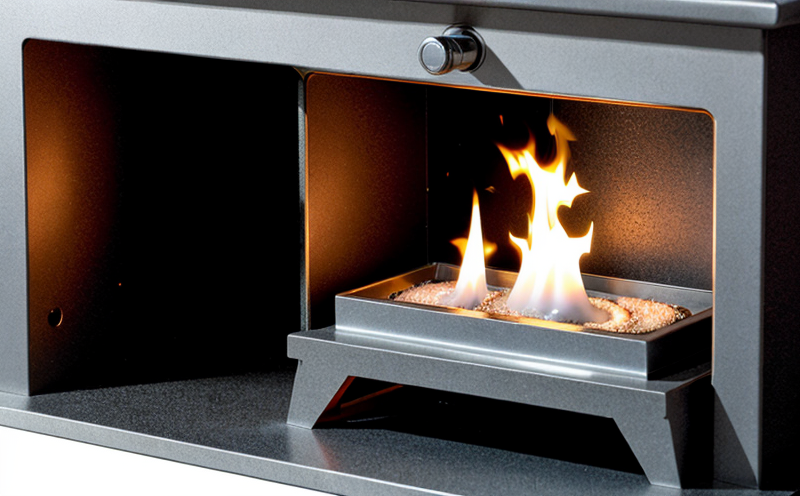Ignitability Testing of Automotive Interior Materials
The ignitability testing of automotive interior materials is a critical process that ensures safety and compliance with international standards. This testing evaluates how easily the material can catch fire when exposed to an ignition source, which is essential for preventing fires within vehicles. Compliance with this test is mandatory in many regions due to stringent regulations aimed at minimizing risks associated with flammable materials.
Automotive interiors are composed of various materials that include textiles, plastics, foams, and other synthetic fabrics. Each material has unique properties affecting its ignitability characteristics. The testing process aims to quantify these characteristics by measuring the flame spread rate across the sample surface when exposed to a standard ignition source.
One of the most widely used tests for this purpose is ASTM E648, which specifies the procedure for measuring the horizontal burn rate and flame spread index on flat surfaces. This test helps determine whether materials meet the necessary ignitability thresholds set by regulatory bodies like the National Highway Traffic Safety Administration (NHTSA).
The significance of ignitability testing extends beyond mere compliance; it plays a crucial role in enhancing vehicle safety. By understanding how different materials behave under fire conditions, manufacturers can make informed decisions about material selection and design modifications to reduce potential hazards.
Furthermore, this type of testing provides valuable insights into the development process of new automotive interiors. It allows researchers and engineers to identify which aspects of a material’s composition or structure contribute most significantly to its ignitability properties. Such knowledge is invaluable for continuous improvement efforts aimed at creating safer vehicles while maintaining aesthetic appeal and functionality.
Understanding the results from such tests also aids in assessing risk levels associated with specific materials used within automotive interiors. This information can guide decisions regarding alternative materials or modifications that might enhance safety without compromising other essential vehicle features.
Scope and Methodology
The scope of ignitability testing covers the evaluation of various types of automotive interior materials including but not limited to upholstery fabrics, trim pieces, door panels, seat backs, etc. The methodology typically involves placing a standardized specimen on a test apparatus designed specifically for this purpose.
- Specimens are cut into specified dimensions and placed onto the apparatus.
- An ignition source (such as a small flame) is applied to one end of the specimen according to predefined conditions.
- The rate at which flames spread along the length of the sample is measured using sensors or visual observation.
The apparatus used for this testing includes specialized equipment capable of accurately measuring the speed and extent of flame propagation. These instruments provide precise data on the performance of each material tested, enabling accurate comparisons between different samples.
Based on these measurements, an overall flame spread index is calculated which indicates how rapidly flames will travel across a particular surface. Acceptance criteria vary depending upon specific requirements outlined by relevant standards organizations such as ASTM or ISO.
Industry Applications
| Application Area | Description |
|---|---|
| Automotive Manufacturing | Evaluating the safety of interior materials used in passenger vehicles. |
| Material Development | Assisting researchers in developing safer alternatives for existing materials. |
| Regulatory Compliance | Satisfying requirements imposed by government agencies to ensure product safety. |
| Risk Assessment | Identifying potential risks posed by different materials used in automotive interiors. |
Why Choose This Test
- Ensures adherence to strict safety regulations set forth by governing bodies.
- Promotes the creation of safer vehicles through improved material selection practices.
- Supports ongoing research and development initiatives focused on enhancing vehicle safety features.
- Aids in meeting customer expectations regarding product quality and reliability.





